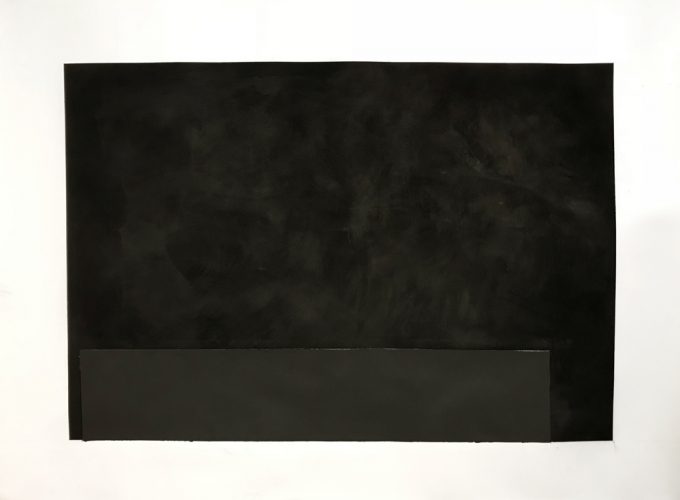原口典之 個展
Noriyuki Haraguchi Solo Exhibition
■2019.1.9- 1.15
■12:00-18:00
■No holiday
この度GALLERY KOGUREでは、「もの派」「ポストもの派」を代表する作家、原口典之の個展を開催いたします。
もの派とは、1970年前後の日本での芸術表現において、モノを素材としてではなく主役として登場させ、モノの在りようやモノの働きから直かに芸術言語を引き出そうと試みた一群の作家たちを指します。石、木、油、水といった、「もの」自身を主題にするとともに、諸要素と空間の相互依存に焦点をあてた作品を制作し、「もの派」は日本国内で数集団にまたがる共通現象となりました。
原口は1946年生まれ、もの派においては日大系(日本大学芸術学部を卒業)や横須賀グループと言われ、一目を置かれていました。
66 年より美術家としての活動をはじめ、「もの派」、「ポストもの派」を代表する作家として活躍。77 年「ドクメンタ 6」(カッセル/ドイツ)で発表した、鉄製の浴槽に廃油を流し込んだ《オイルプール》は世界の美術界での衝撃的なデビュー作となります。原口が好む、鋼鉄、テント布、油、水、粘土といった物質は、彫刻的造形のためというより、それ自体の感覚映発力ゆえに凝視され、ほとんど手を加えずに配置されるようになっていきました。そのときのモノを見詰める作家の目は極めて感覚的ですが、彼は、それら物質の感覚浸透力を、空間的な出来事として概念化する力を持っていたと言えます。以降、物質の造形を主題としながら、人間と社会との関係を見つめ、繊細でありながら力強い作品を制作。物質そのものの美しさ、「つくらないこと」を追求しつつも、素材のもつ存在感だけに満足せず、場の生成に介入する原口の美学は今も健在です。
GALLERY KOGURE
We are pleased to announce solo exhibition of Noriyuki Haraguchi, the artist who represents “Mono School” or “Post Mono School”.
Mono School refers to a group of artists who, on the artistic impression scene of Japan around 1970, tried to directly draw art languages from the ways how Mono existed and worked by featuring Mono as the main character instead of just materials. They produced art works with focusing on the mutual independence between various factors and space as well as casting a spotlight on “Mono” themselves such as stones, woods, oil and water. Mono School was able to become a common event across several groups within Japan.
Noriyuki Haraguchi was born in 1946. He was called Nichidai School (graduates of Nihon University College of Art) or Yokosuka Group, earning some respect from people. Starting his professional career in 1966, He has been active as an artist representing “Mono School” or “Post-Mono School”. In 1977, he made a debut to the international art world by publishing at “Documenta 6” (Kassel/Germany) his explosive debut work titled 《Oil Pool》in which waste oil is poured into an iron bathtub. His favorite materials like iron and steel, tent cloth, oil, water and clay began to be paid close attention to and accordingly placed with very little modification not for the purpose of sculptural designing but their own sensitivity empowerment ability. The artists’ eyes looking at Mono then could be described as instinctive. He was capable of conceptualizing such materials’ power to penetrate into one’s sense into a spatial event. Since then, he has, focusing on the designing of materials, been carefully observing the relationships between human beings and societies, creating sensitive but powerful art works. Haraguchi still believes in his virtue of intervening in the production of spaces without making the presence of materials perfect, while seeking the beauty of materials themselves and “not manufacturing”.
GALLERY KOGURE
